Ship to: 43215 Update

- Plants
- Fruit Trees
- Fruit Bushes
- Elderberry Bushes
Plants Filter
Current Filters
Mature Height
Sunlight
Plant Type
Elderberry Bushes
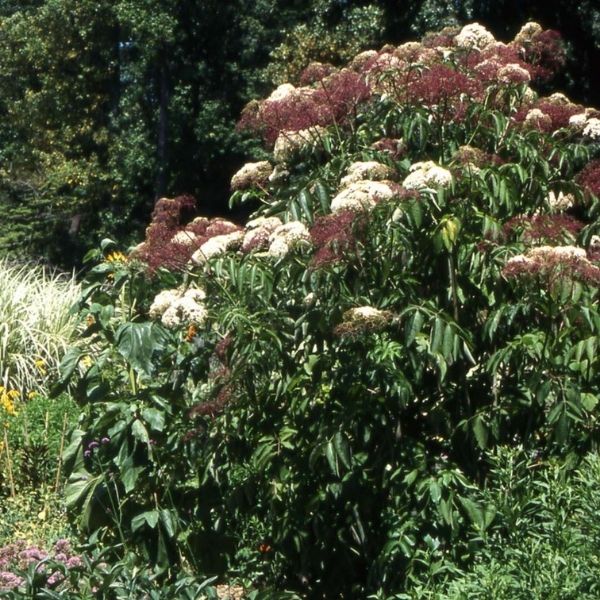
Adams Elderberry
Starting at $74
30% Off
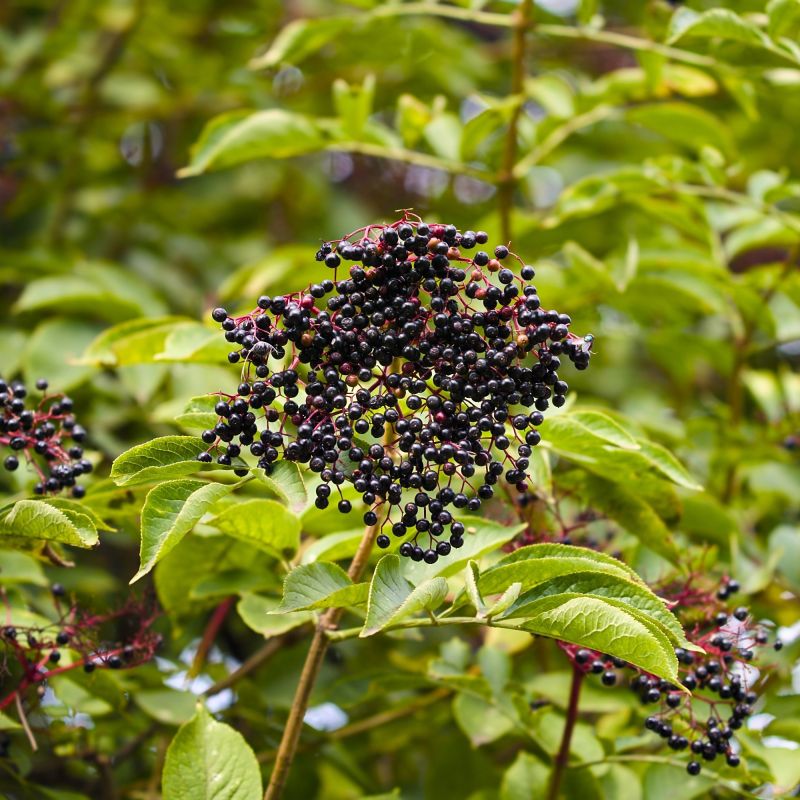
American Elderberry
Starting at $95
30% Off
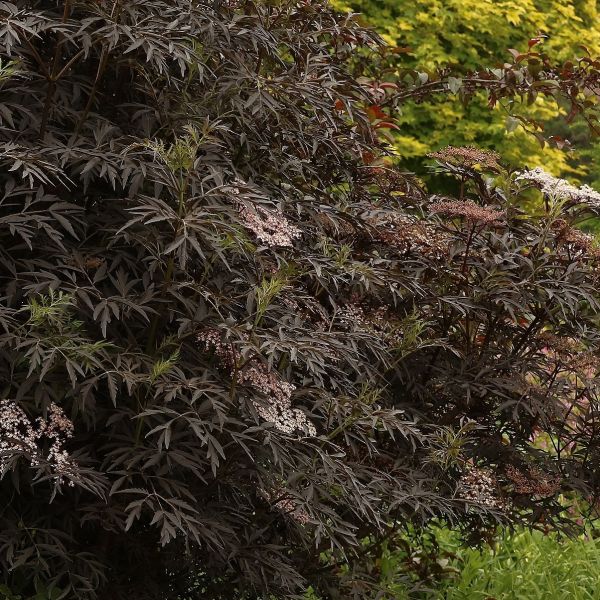
Black Lace Elderberry
Starting at $70
30% Off
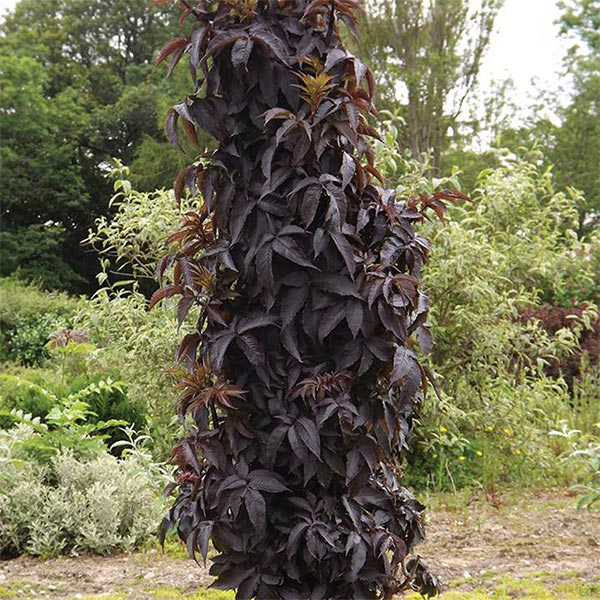
Black Tower Elderberry
Starting at $81
30% Off
Lemony Lace Elderberry
Starting at $105
30% Off
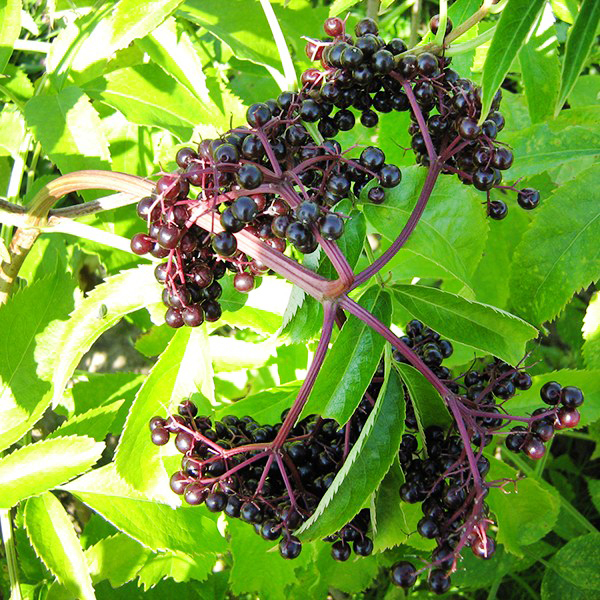
York Elderberry
Starting at $98
30% Off
Elderberry Bushes
Elderberry is a genus of deciduous shrubs or small trees belonging to the family Adoxaceae. These plants are known for their clusters of small, creamy-white or pinkish flowers that develop into dark purple to black berries. Elderberries are native to various regions around the world and have been used for culinary, medicinal, and ornamental purposes for centuries.
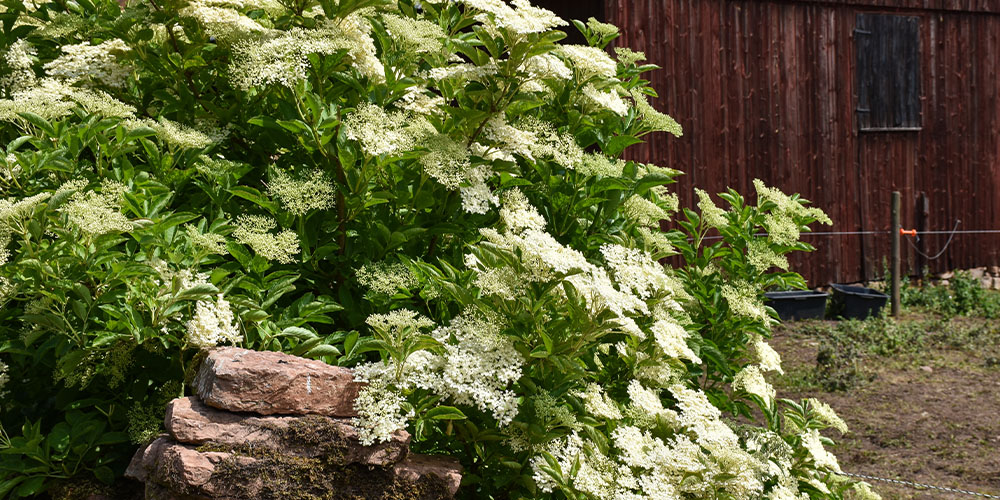
Varieties: There are several species of elderberry, and the most common ones include:
- American Elderberry (Sambucus canadensis): Native to North America, it is a tall shrub with dark purple-black berries and is often found growing in wet areas.
- European Elderberry (Sambucus nigra): Native to Europe and parts of Asia, it is a shrub or small tree with dark purple-black berries and creamy-white flowers.
- Red Elderberry (Sambucus racemosa): Native to North America, it has bright red berries and is commonly found in forested areas.
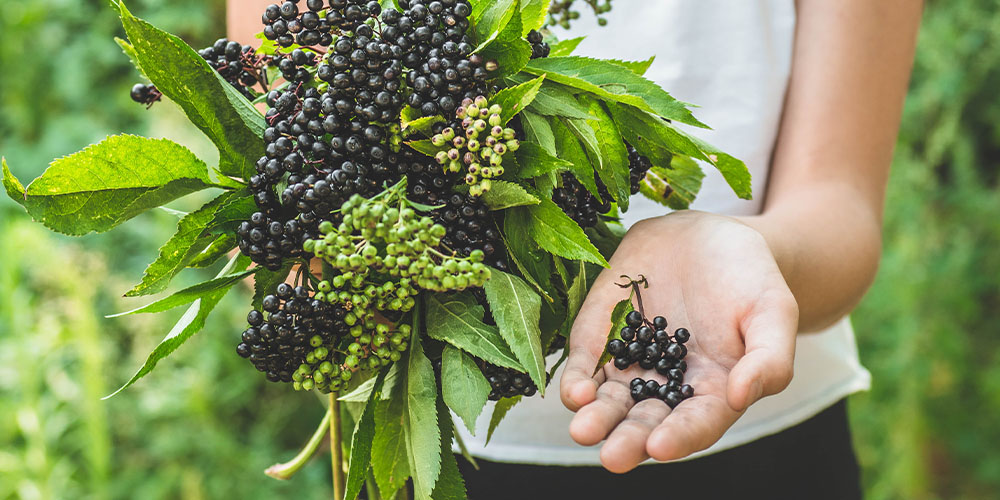
Care Tips:
- Location: Plant elderberries in a spot with full sun to partial shade. They can tolerate various soil types but prefer moist, well-draining soil.
- Watering: Keep elderberries consistently moist, especially during dry periods. They are relatively drought-tolerant once established but perform best with adequate water.
- Pruning: Prune elderberries regularly to remove dead or diseased wood and to encourage new growth and fruit production.
- Pollination: Some elderberry varieties are self-pollinating, while others benefit from cross-pollination with another compatible variety for better fruit set.
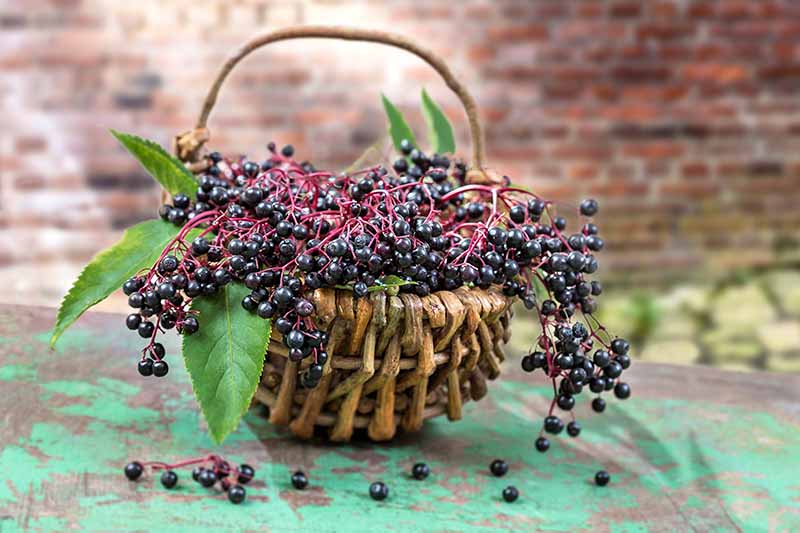
Uses:
- Edible Berries: Elderberries are edible and can be used in various culinary creations, such as jams, jellies, pies, and syrups. However, it's essential to cook the berries before consumption, as raw elderberries can be mildly toxic.
- Medicinal Purposes: Elderberries are traditionally used for their potential health benefits. They are rich in antioxidants and are believed to support the immune system and overall health.
- Ornamental Plants: Some elderberry species and cultivars are used as ornamental plants in gardens and landscapes for their attractive flowers and berries.
- Wildlife Attraction: The flowers and berries of elderberries attract pollinators, birds, and other wildlife, making them valuable additions to wildlife gardens.
It's important to note that not all elderberry species are suitable for consumption, and some parts of certain species, such as leaves and stems, may be toxic. When using elderberries for culinary or medicinal purposes, ensure you are using the correct species and follow appropriate preparation methods to ensure safety. As with any plant, it's crucial to research and understand the specific care requirements and potential uses of the elderberry variety you have or plan to grow.
Item has been added to your cart.

